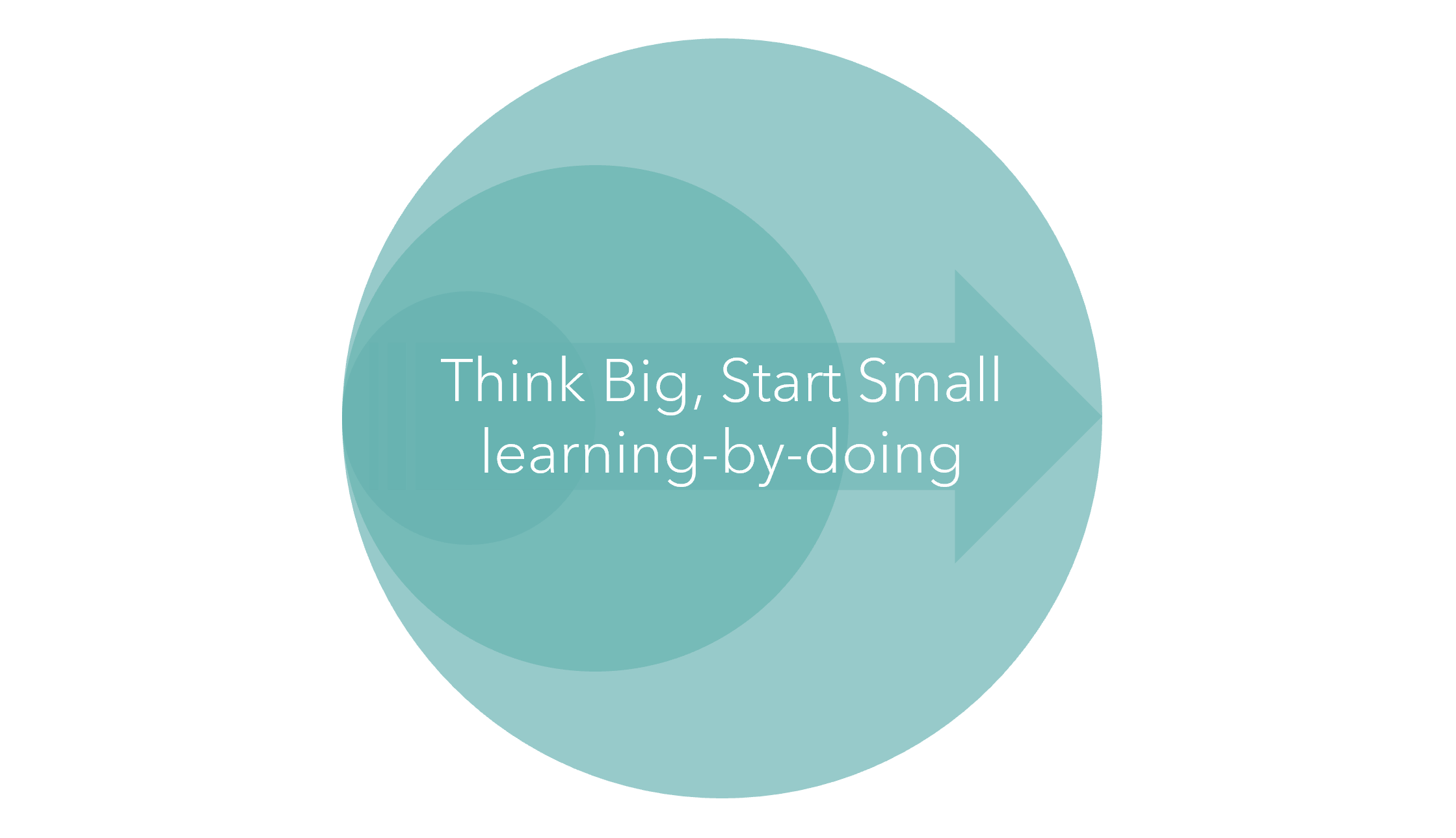Digital Transformation with Microsoft Power Platform and Dynamics 365 - part 1
by Jim Wang , 01 Oct 2022
Hello! My name is Jim Wang, and I start blogging again after several years working for Microsoft as a lead architect and principle consultant on Business Applications (aka: Dynamics 365 and Power Platform). This is the first series of my “imaginary stories” that I want to share with the community, to make friends and hopefully help business on digital transformation. Please note these stories have no connection to real customers. Enjoy reading!
Your company wants to implement the customer-centric strategy, in order to improve competitive advantage and long-term success by optimising productivity, employee satisfaction and customer loyalty.
You, as the CIO of the company, decided to take the first step to transform the systems-of-record legacy CRM system into a system-of-innovation modern business application.
In addition to typical requirements, such as security, scalability etc., you also expect the new system has the following features:
- Connected – so that other enterprise apps (incl. legacy app ) can work together with the new system
- Intelligent – so that it can help the business to make informed data-driven decisions
- Usable – with excellent UX to everyone, on every device, at everywhere
- Flexible – allows quick adaptation to reflect changes or trying new ideas
After several pitches and bidding process, you decided to take Microsoft Power Platform. Although your company already using some Cloud services in Microsoft Azure and Office 365, the Power Platform is new to the company’s application landscape. There are something in your minds, the top three are:
- Where to start? I don’t want a big-bang release for all departments as it’s too risky. I need to find a good starting point where it’s less-risky and has minimal impact to the business even if it’s failed (no it won’t).
- Who can I rely on? We got plenty of experienced Java developers, some of them also have micro-services experience with Microsoft Azure; Does Microsoft still focus on .Net? Well, we don’t’ have many in-house developers using it.
- Does Power Platform require a specific delivery methodology? We use in-house Agile (Scrum-ish) in most of our projects now, hopefully we will align.
A few weeks later…you have the answers:
- OK, we have agreed to take the incremental approach, start with one of our Contact Centre teams. If successful, we will expand the new system to the broader teams in Contact Centre, and then further expand to other departments.
- We will mainly utilise our own team; Power Platform is a low-code/no-code platform, so we might not require heavy development, certainly not in the initial phase or so. We will bring external resources to help to setup a solid foundation and train our members during the project, so that they can support the project after go-live and become valuable resources in further.
- Microsoft do have delivery methodology for Power Platform and we will see how to engage the right team and provide support to us with their best practice.
You are happy with the plan below.
